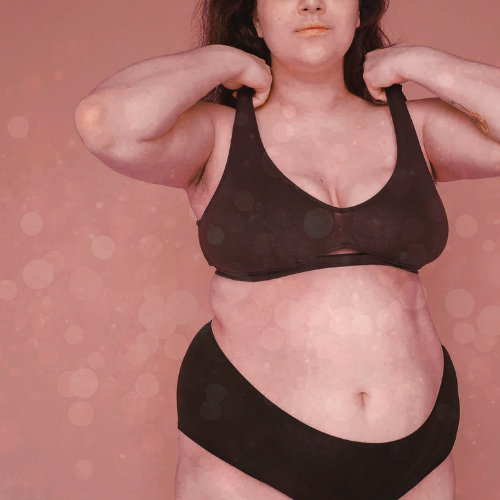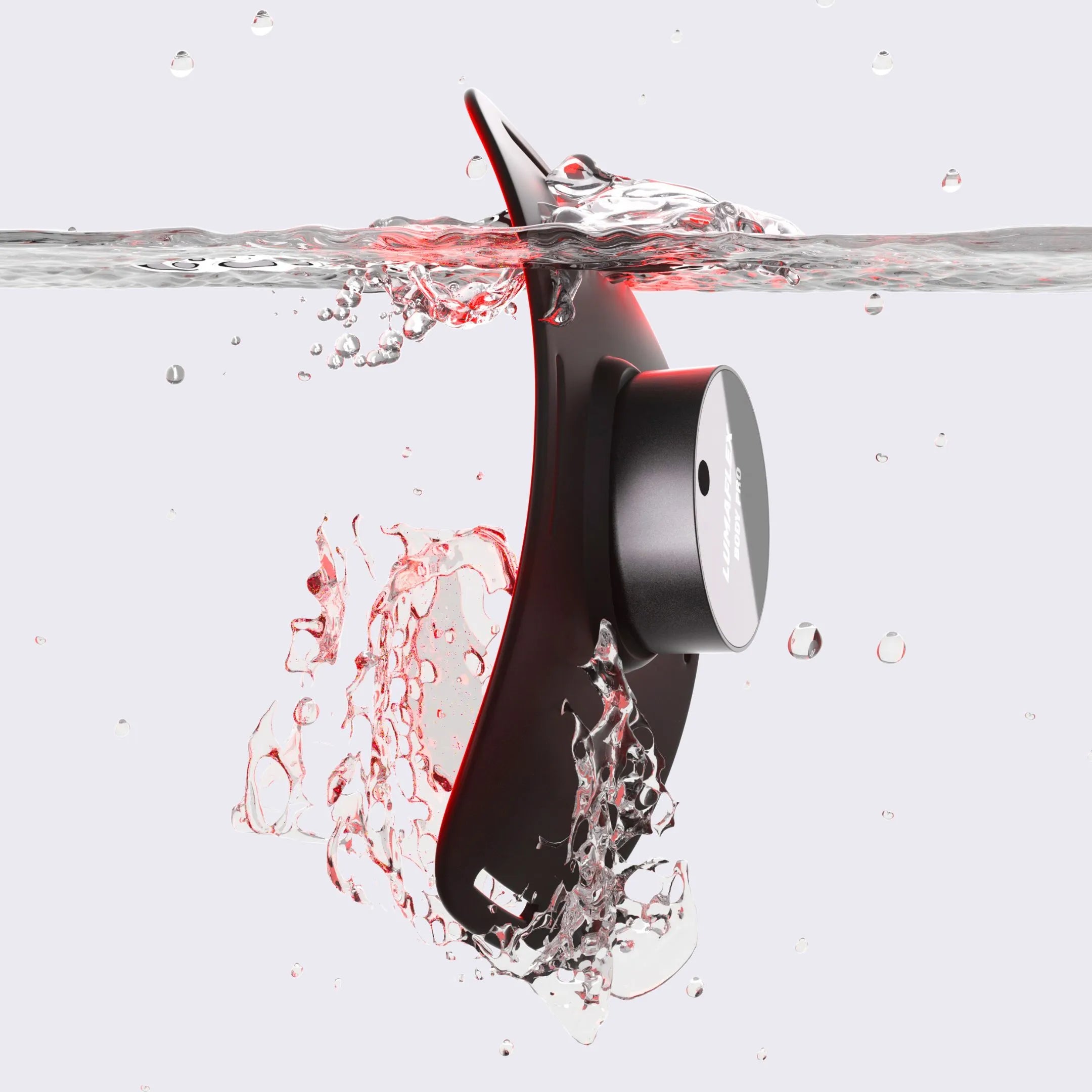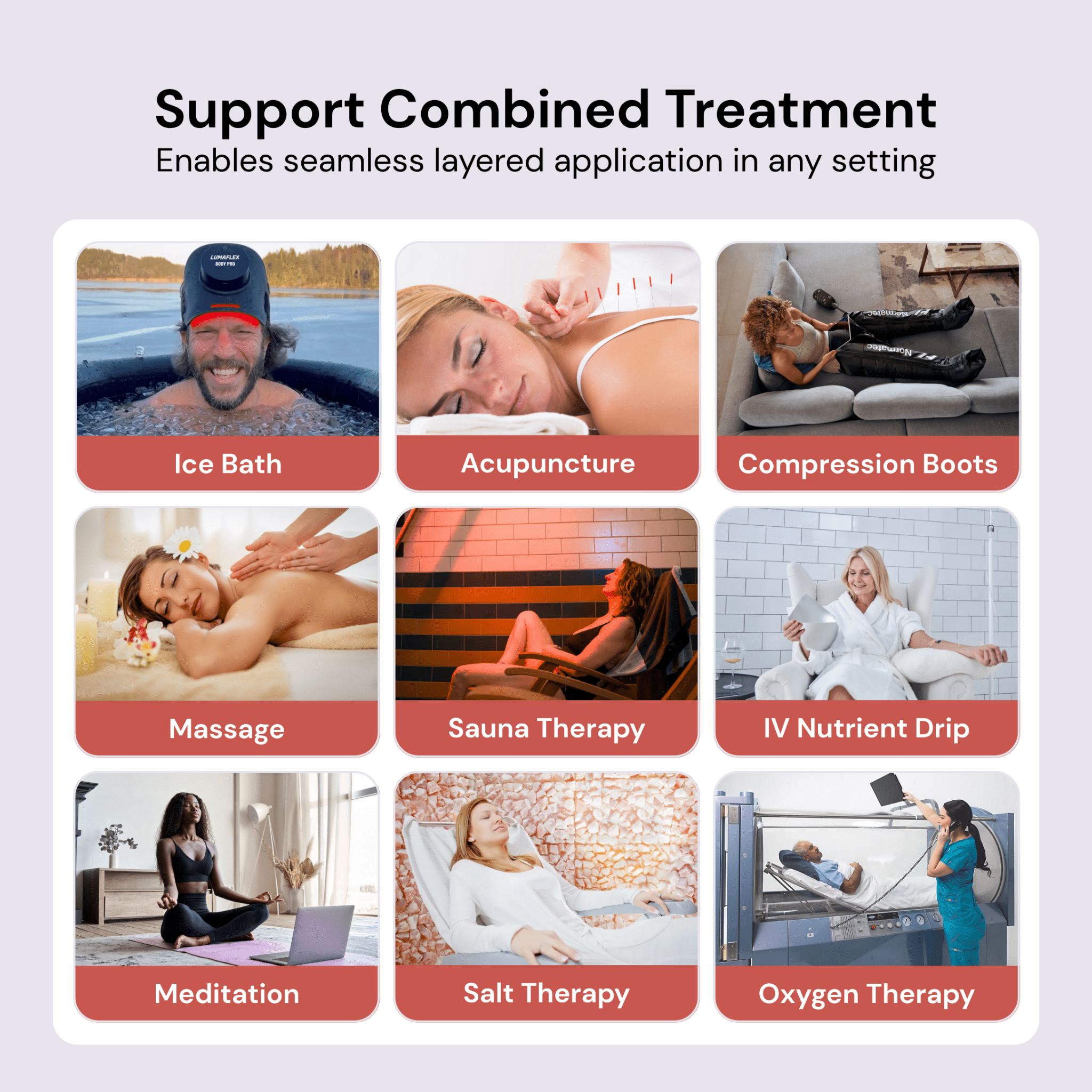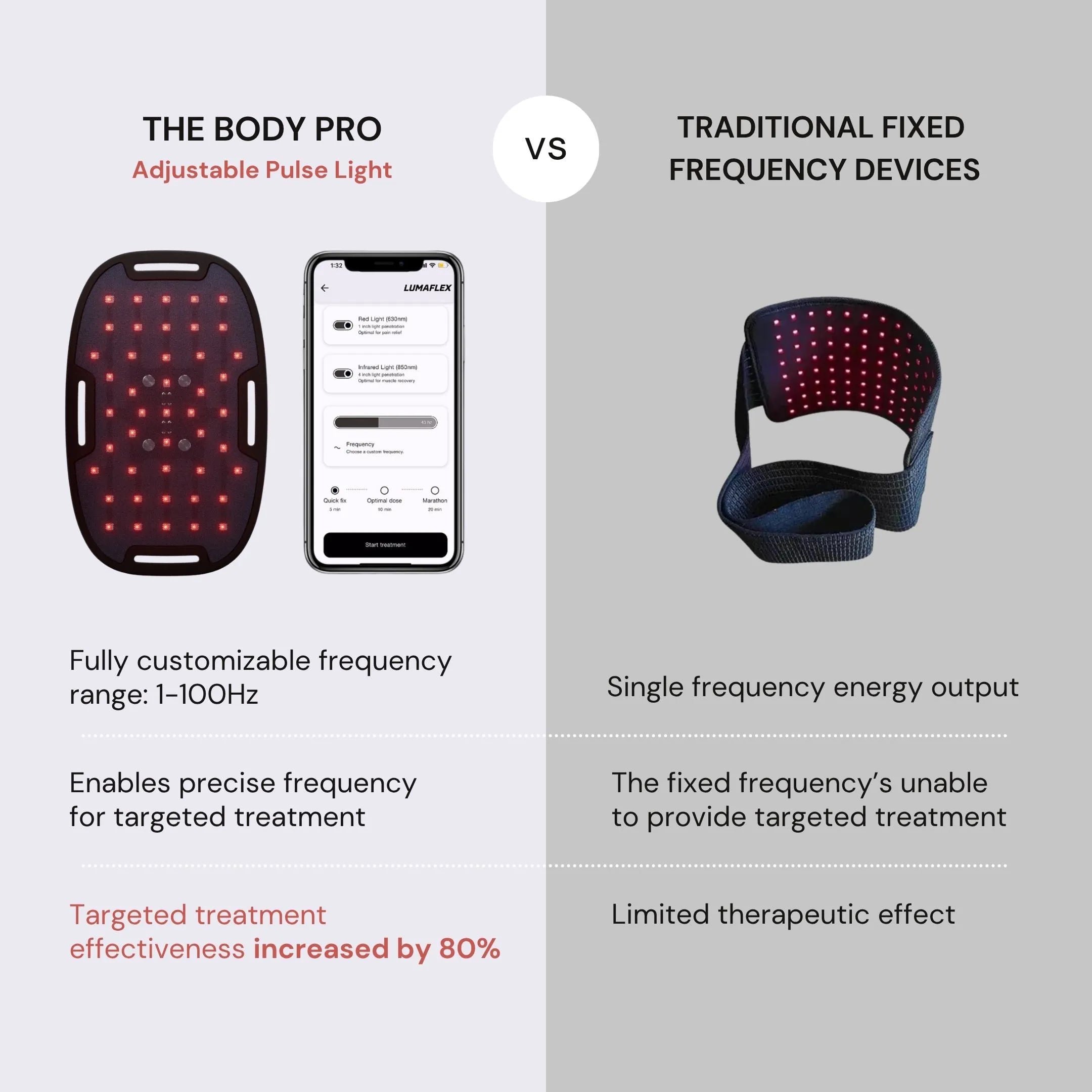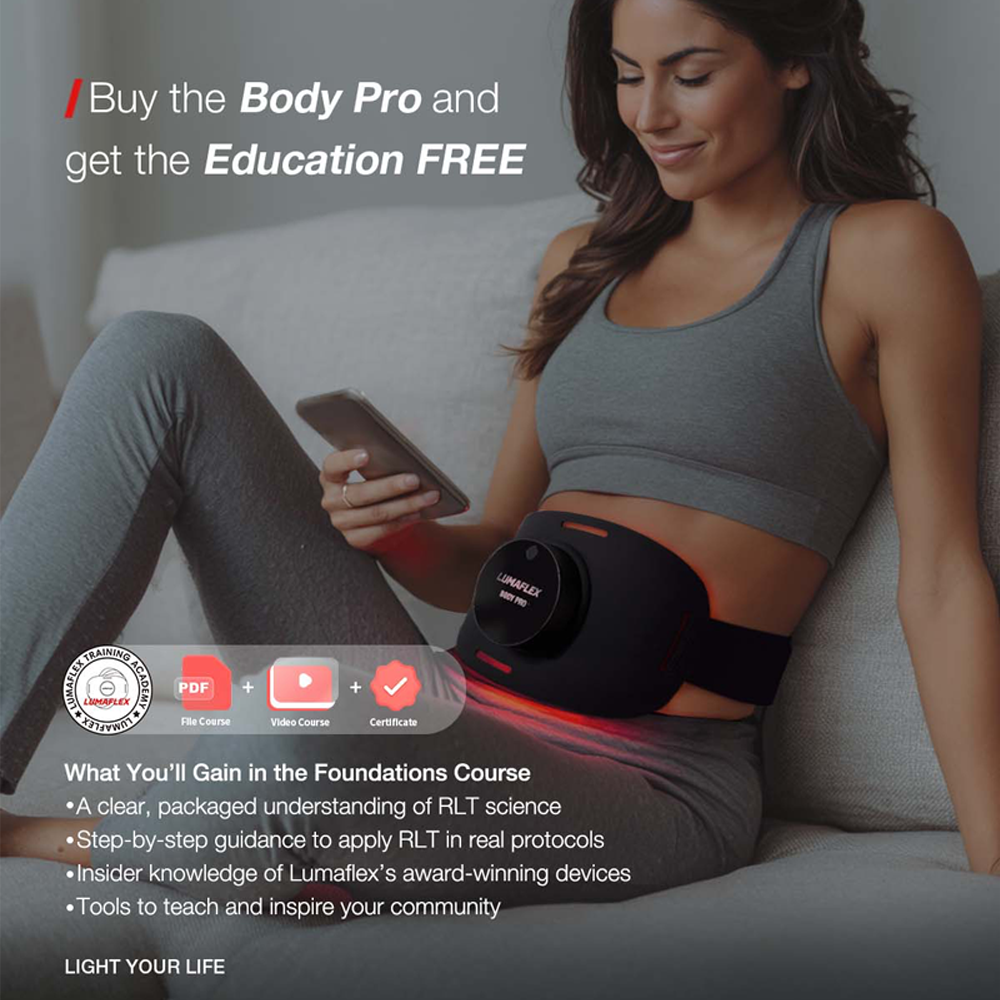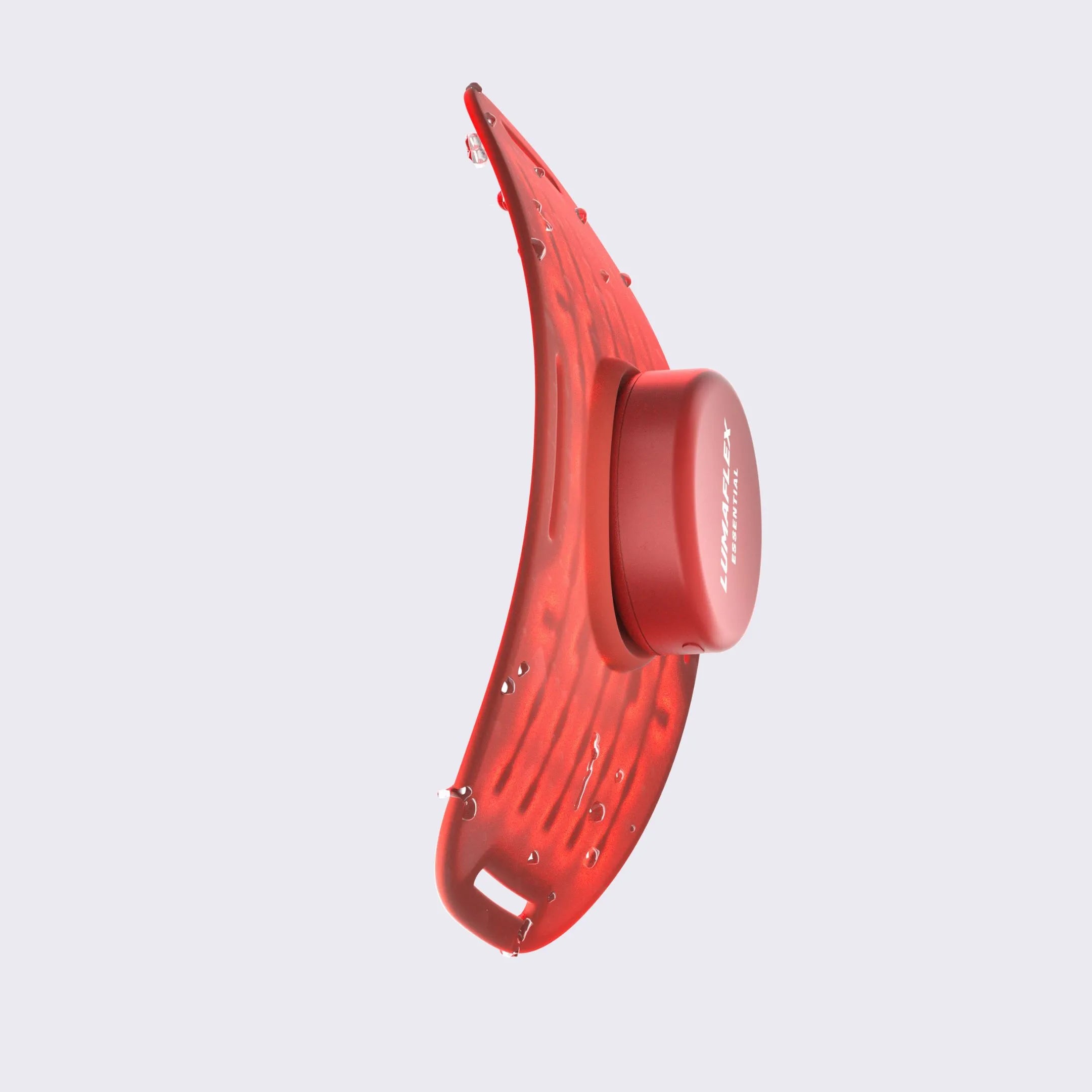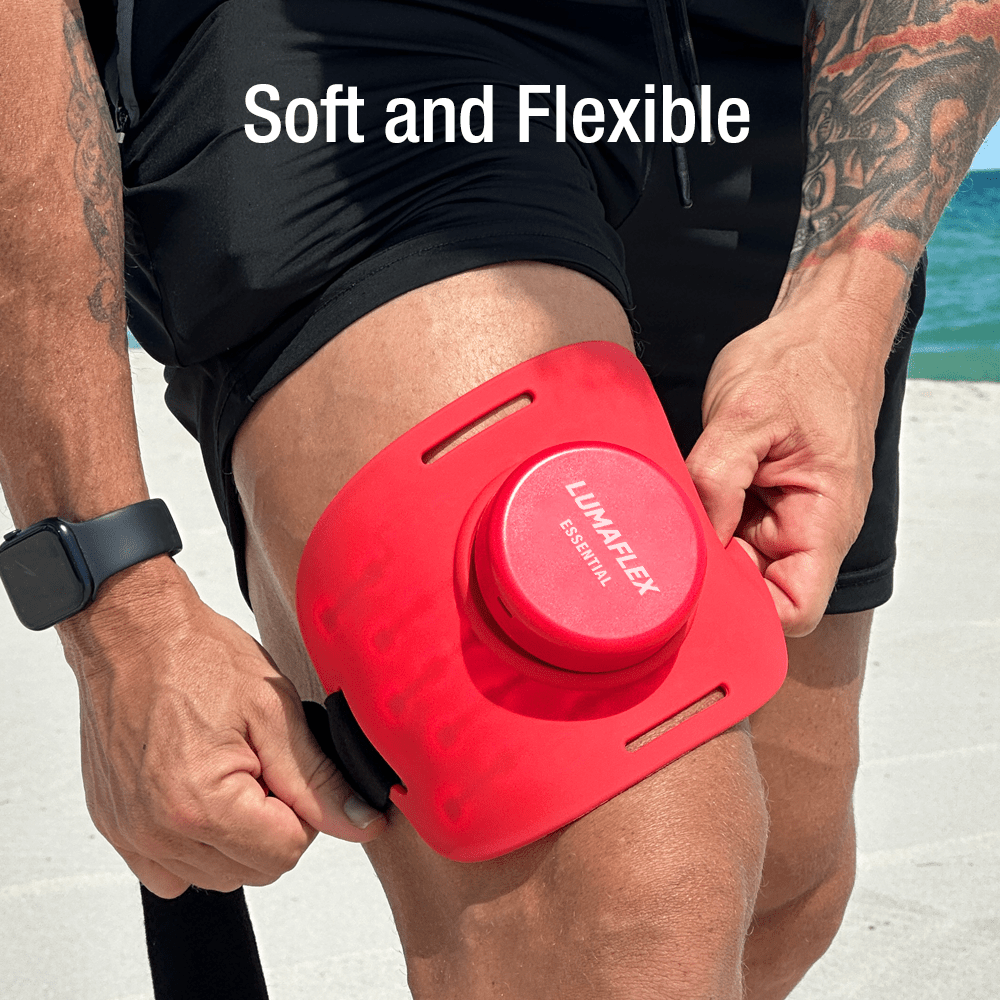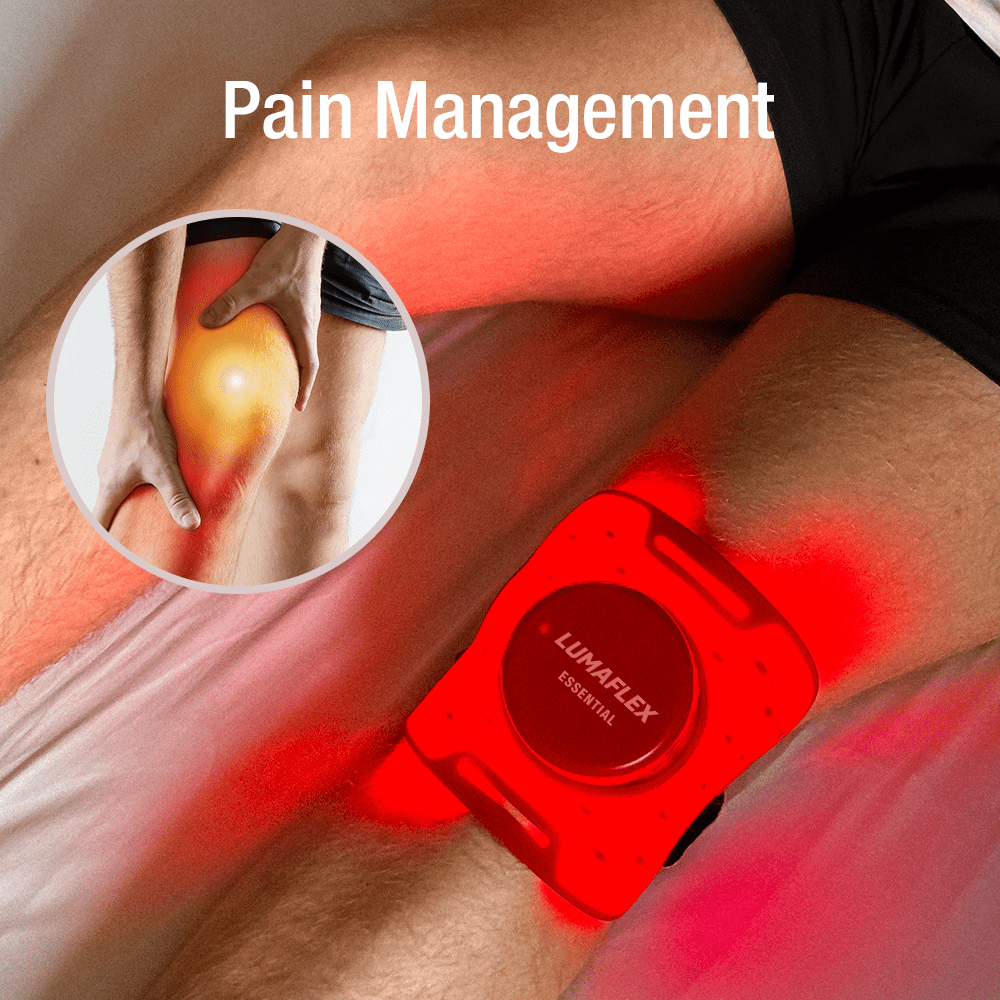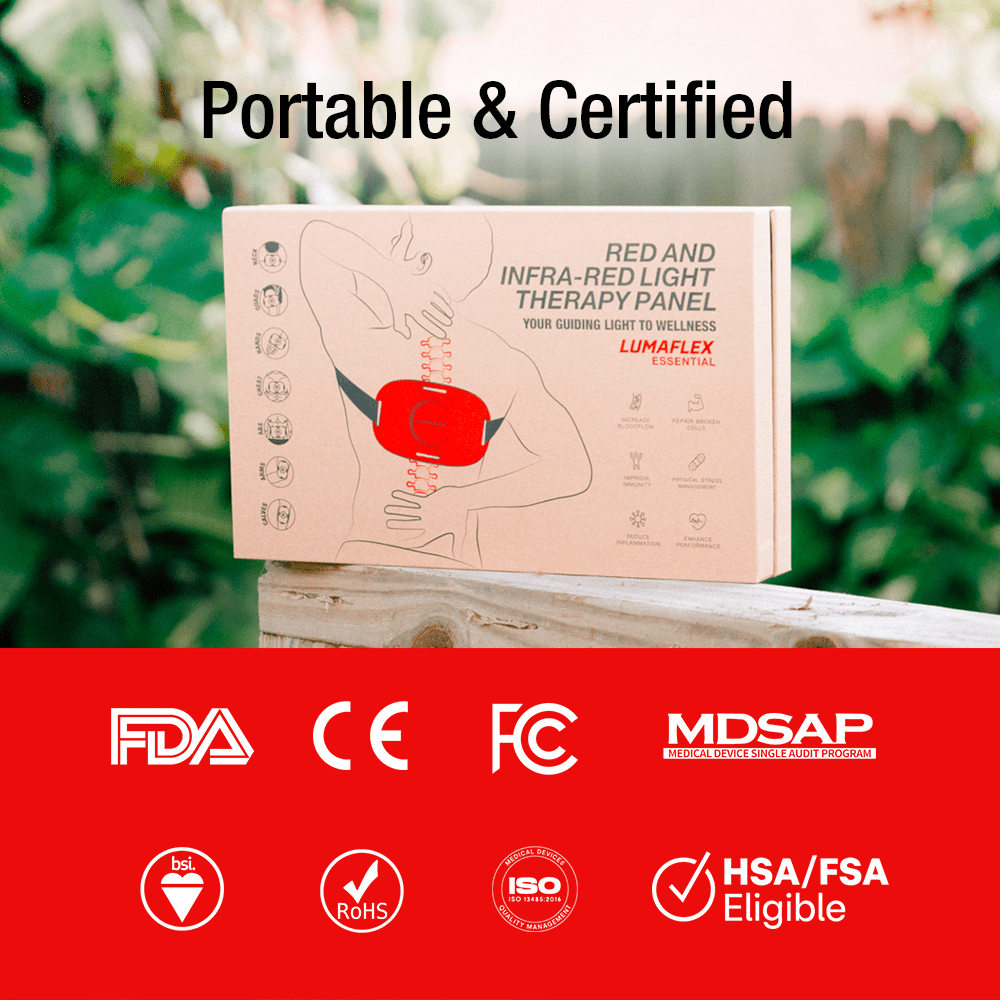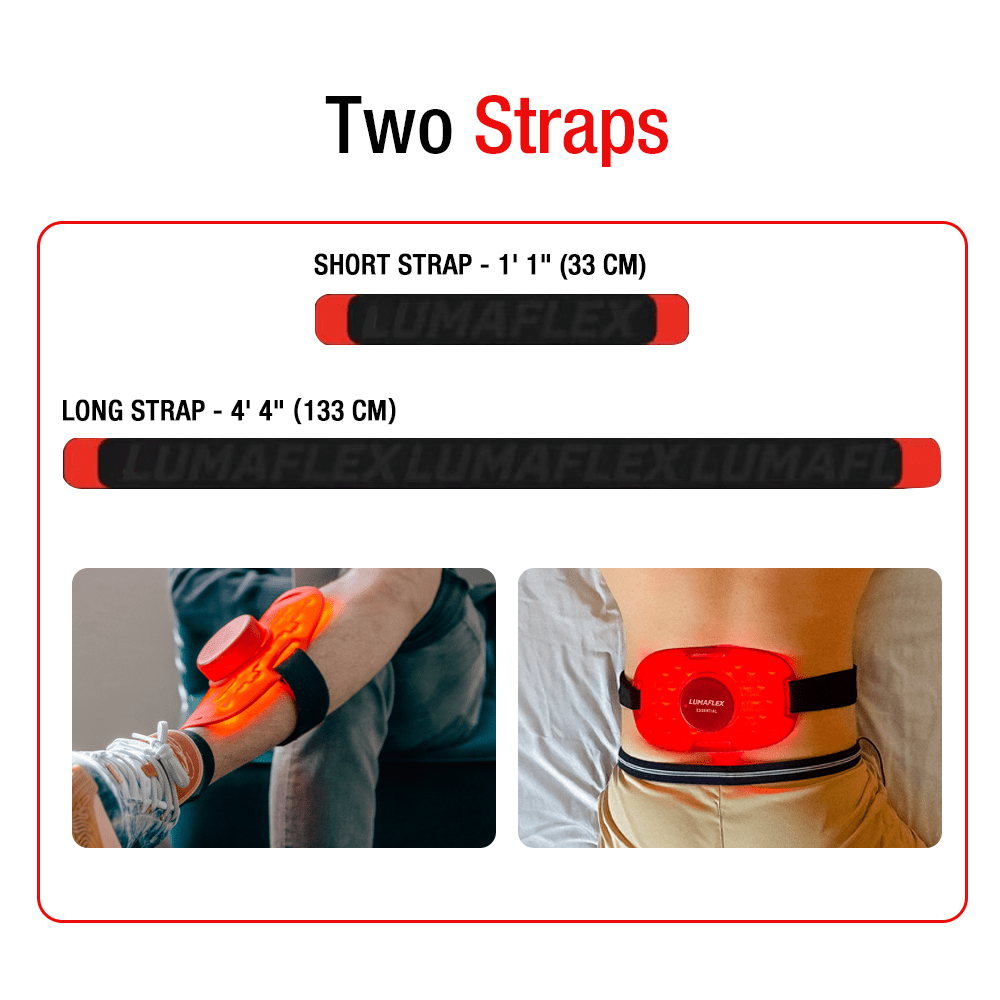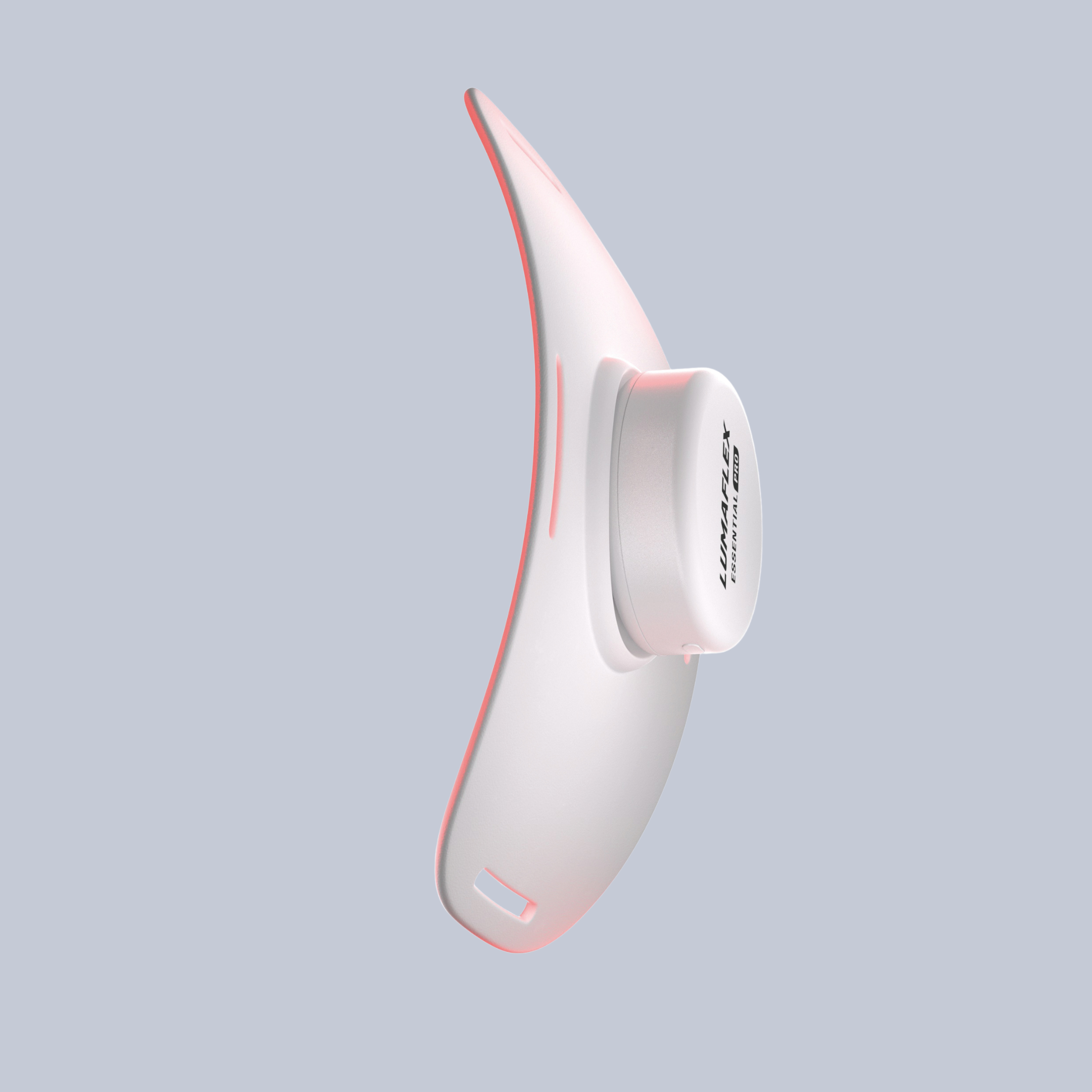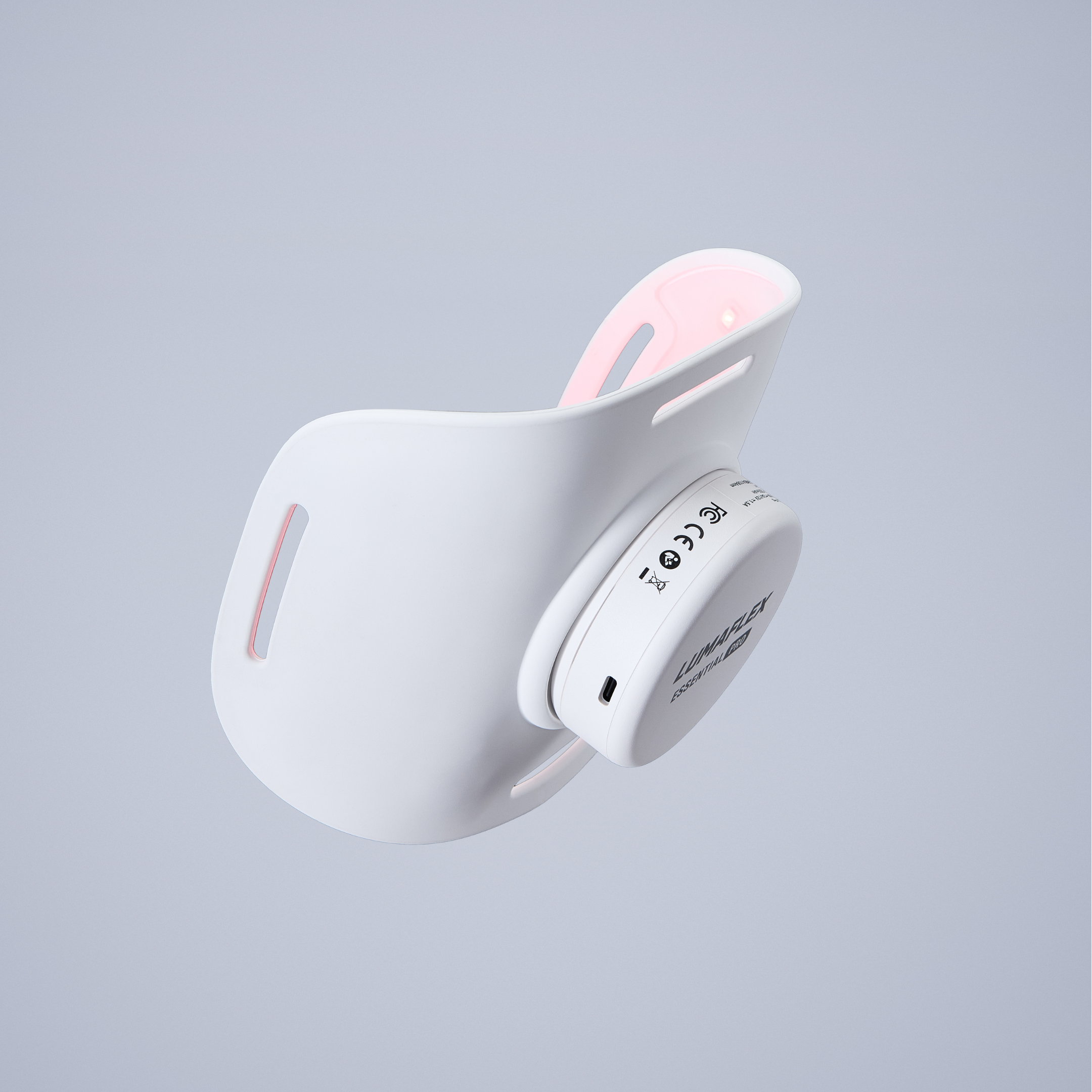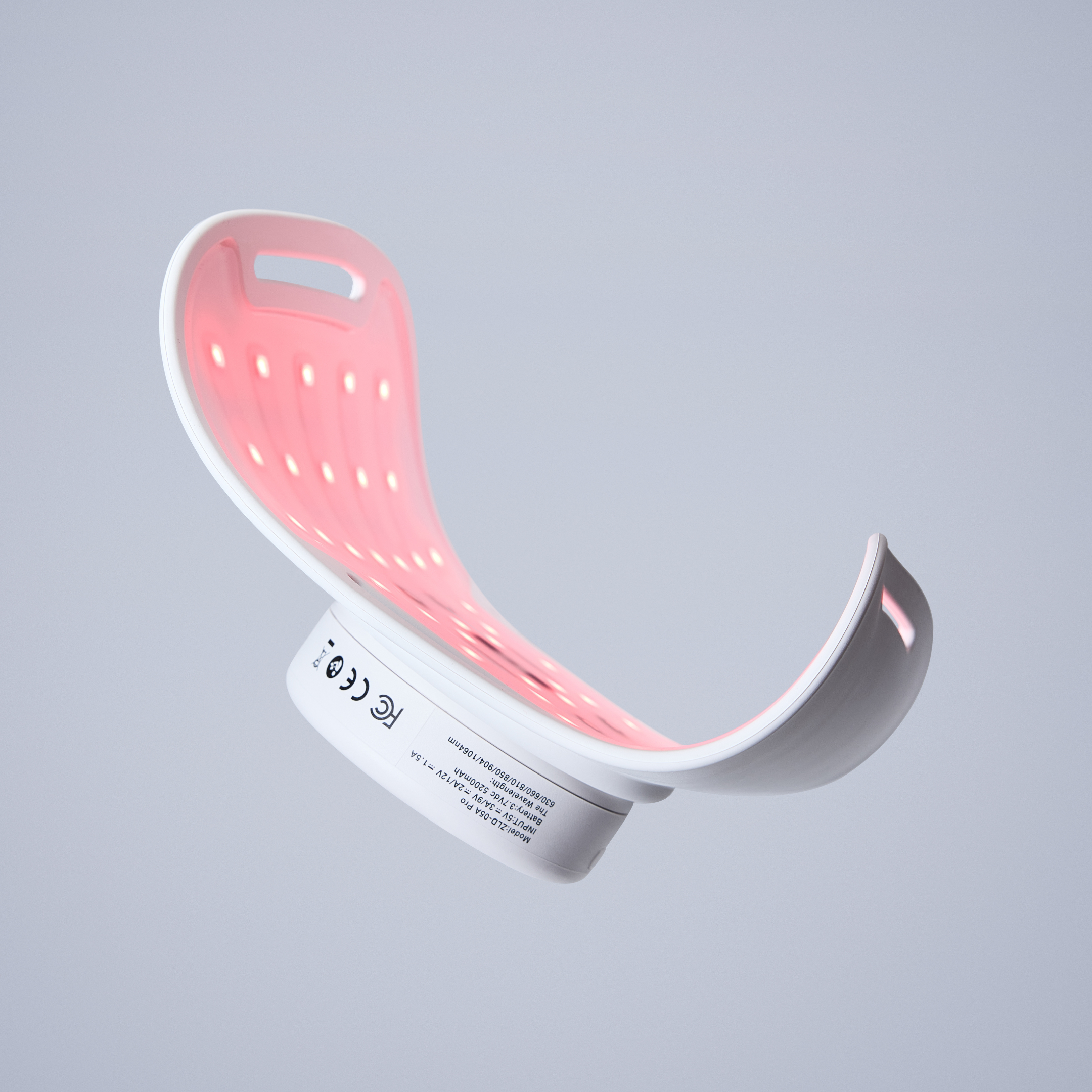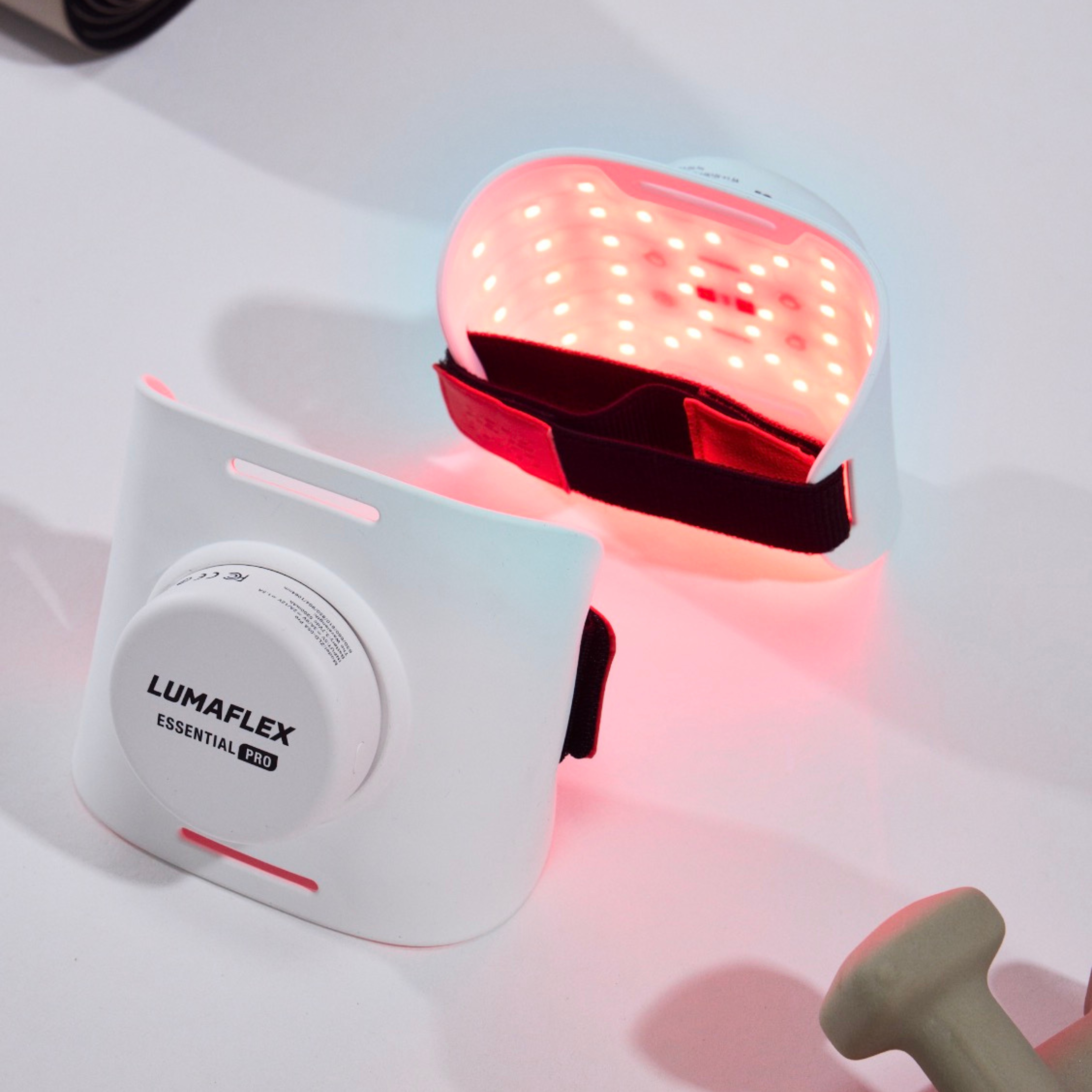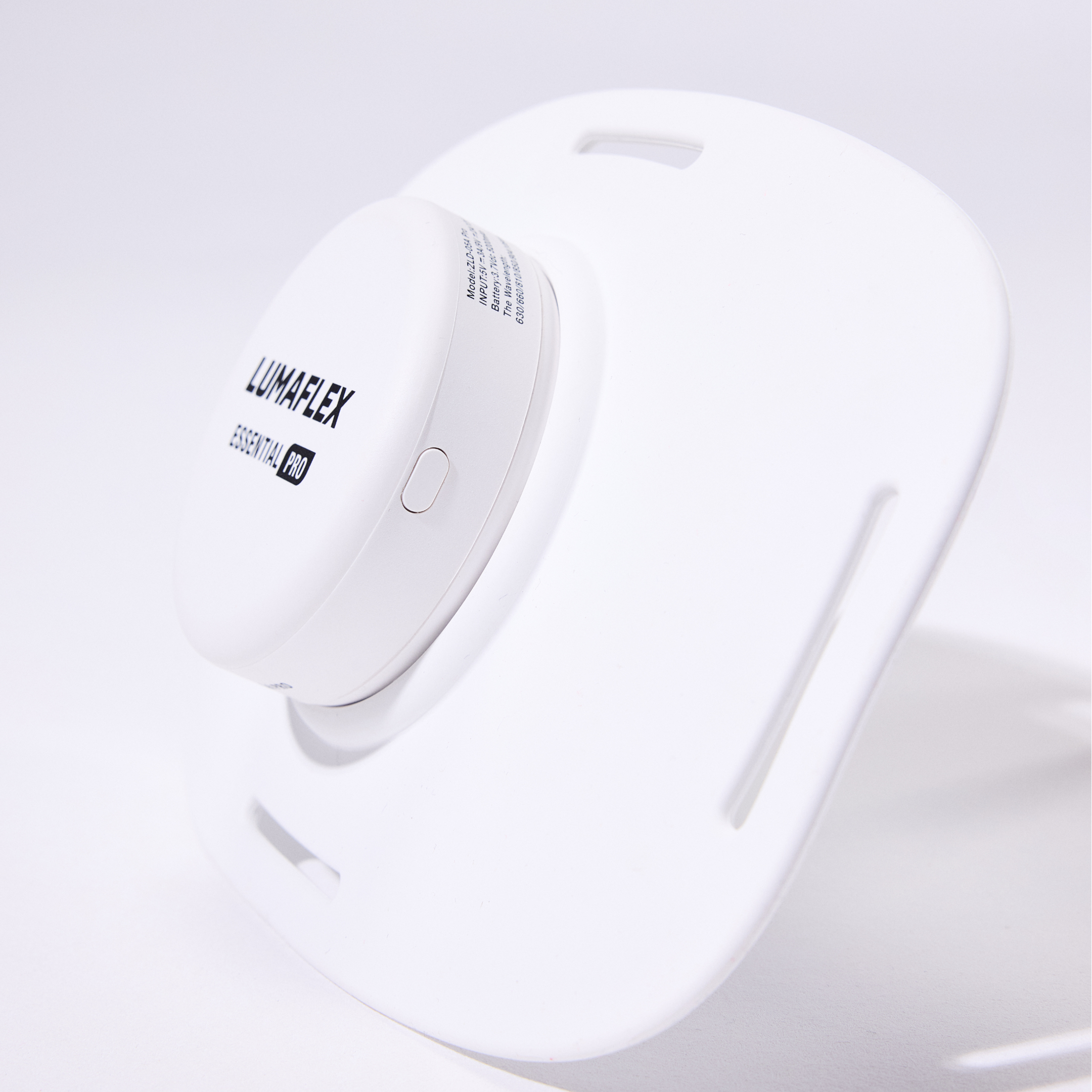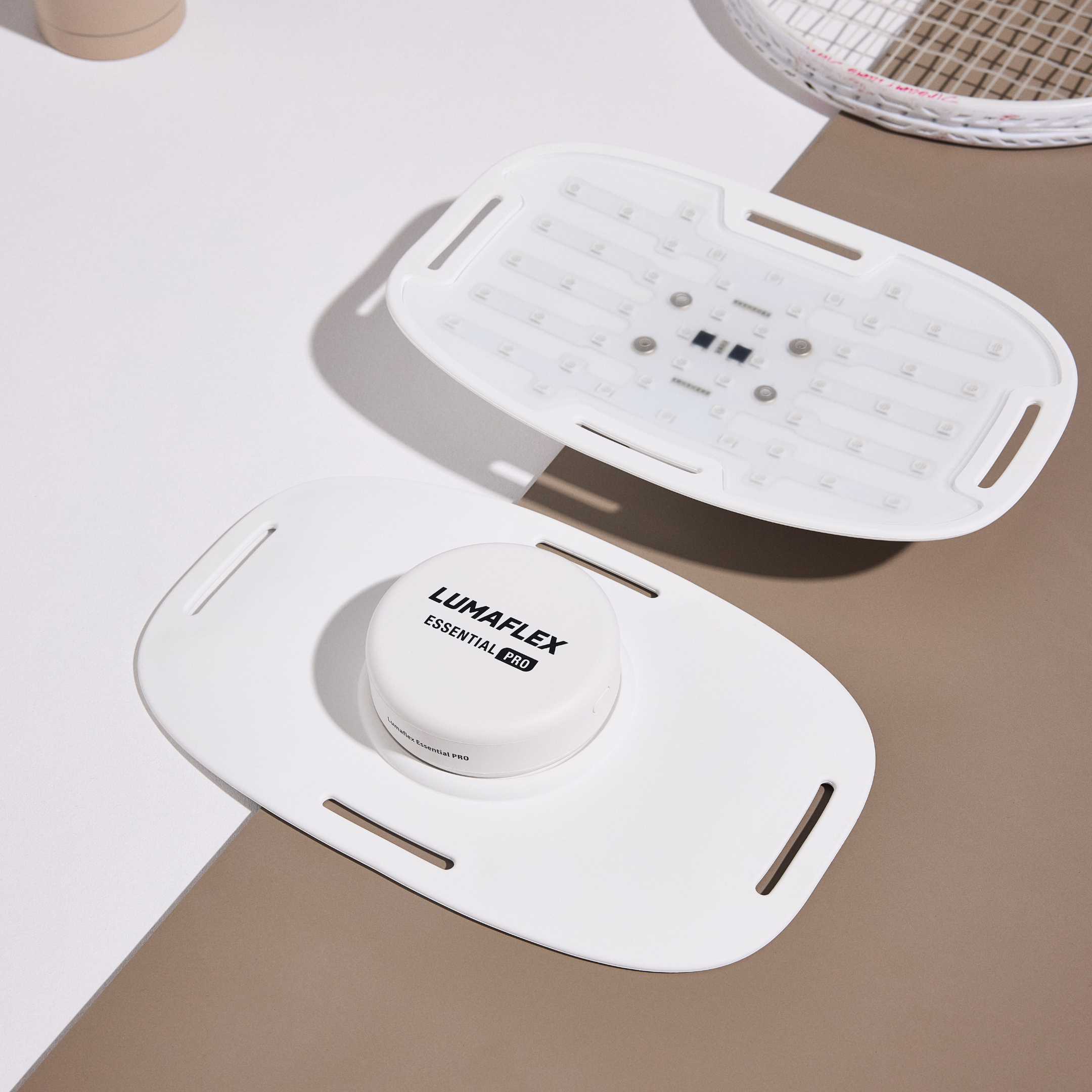7 Best Tips: Red Light Therapy for Cellulite Reduction

7 Best Tips for Red Light Therapy for Cellulite Reduction
Red Light Therapy for Cellulite Reduction: Cellulite affects nearly 9 out of 10 women at some point, and while it’s completely normal, many still look for ways to smooth the dimples. Creams and quick fixes often disappoint, which is why interest in red light therapy for cellulite has grown rapidly in the US. This gentle, non-invasive treatment supports collagen production, improves circulation, and helps reduce the appearance of cellulite for firmer-looking skin.
At Lumaflex, we’ve seen firsthand how the best red light therapy for cellulite can make a visible difference when used consistently. Whether you prefer an at-home device or professional treatments, the right strategy matters. In this guide, you’ll find seven practical tips to get better results and feel more confident in your skin.
Table of contents
What Is Cellulite and Why It Happens
Cellulite is the dimpled or “orange peel” texture that often appears on the thighs, hips, and buttocks. It develops when fat cells beneath the skin push against connective tissue, creating uneven pressure on the surface. While it can affect both men and women, women experience it more frequently because of differences in fat distribution, hormones, and skin structure.
Several factors influence cellulite formation:
- Genetics: If cellulite runs in your family, you’re more likely to see it yourself.
- Hormones: Estrogen plays a key role in circulation and fat storage, making shifts in hormone levels a common trigger.
- Lifestyle: Dehydration, poor circulation, lack of exercise, and diets high in sodium or processed foods can make cellulite more noticeable.
It’s worth remembering that cellulite is extremely common and not a sign of poor health. While you can’t eliminate it completely, you can take steps to reduce its appearance and support smoother, firmer-looking skin.

How Red Light Therapy for Cellulite Works
Red light therapy for cellulite uses specific wavelengths of light that penetrate beneath the skin to influence the structures responsible for skin texture. Instead of masking cellulite like creams do, it works at the cellular level:
- Collagen stimulation: Red light activates fibroblasts, the cells that produce collagen and elastin. Stronger collagen support makes skin firmer and more elastic, which helps smooth out dimples (Mamalis & Jagdeo, 2018).
- Fat metabolism: The light encourages adipocytes (fat cells) to release stored fatty acids. This natural fat reduction process can gradually lessen the look of cellulite (Tuchin et al.,2010).
- Improved circulation: By widening blood vessels, red light enhances oxygen and nutrient delivery while reducing fluid buildup. The result is healthier skin with a more even surface (Weihrauch et al., 2024).
Clinical vs. At-Home Devices
Professional clinic devices usually deliver higher power, reaching deeper layers of tissue and producing faster results under expert guidance. At-home devices are less intense but offer greater convenience and can be highly effective when used consistently.
When to Expect Results
Some people notice firmer skin in as little as 4 to 6 weeks. More visible cellulite reduction typically appears after 8 to 12 weeks of steady treatment, especially with three to five sessions per week. Consistency is key, since the effects of red light therapy build over time.
7 Tips for Using Red Light Therapy to Reduce Cellulite
Red light therapy can be a powerful tool for improving skin texture, but results depend on how you use it. The right device, schedule, and supporting habits all play a role in how well it reduces cellulite. To help you get the most from your sessions, here are seven practical tips that combine science, lifestyle, and consistency for smoother, firmer-looking skin.
1. Choose the Right Device for Your Body Area
Finding the best red light device for cellulite starts with matching the tool to the area you want to treat. Larger panels are ideal for thighs and buttocks since they cover more skin at once and save time. Handheld wands work better for smaller or isolated patches of cellulite, though they require more effort. Masks, on the other hand, are designed for facial use and won’t be effective for body treatments.
When weighing clinic versus at-home red light therapy, clinical devices typically deliver more power and can reach deeper layers of skin, leading to quicker results under professional supervision. At-home options may be less intense, but they’re convenient, cost-effective, and easier to stick with long term. For safety and effectiveness, choose an FDA-cleared devicein the 630–850 nm wavelength range, which has been shown to penetrate skin effectively.

2. Follow the Recommended Frequency and Duration
Consistency is what makes red light therapy for cellulite effective. Most experts recommend three to five sessions per week, with each session lasting about 10 to 20 minutes per treatment area. This schedule gives your skin enough exposure to stimulate collagen, improve circulation, and gradually reduce the look of cellulite.
More is not better. Overusing the device won’t speed up results and can cause unnecessary skin sensitivity. The best approach is to create a routine you can maintain week after week. With steady use, you’ll see gradual improvements that lead to firmer, healthier-looking skin.

3. Combine with Targeted Exercise
Red light therapy works best when paired with movement. Targeted exercise for cellulite strengthens the muscles beneath problem areas, helping the skin look smoother and more toned. Resistance moves like squats, lunges, and glute bridges are especially effective since they focus on the thighs and buttocks, where cellulite is most common.
The two methods complement each other: red light therapy boosts circulation and supports collagen repair, while exercise builds muscle and improves definition. This combination enhances firmness, reduces dimpling, and can even speed up workout recovery, making it easier to stay consistent with your fitness routine.

4. Support with Skincare Topicals
The right skincare products can make red light therapy for cellulite even more effective. Cellulite creams with caffeine help tighten and smooth the skin temporarily, while formulas with retinol or antioxidants encourage collagen production and improve elasticity over time. These ingredients don’t erase cellulite on their own, but they support healthier, firmer-looking skin when used consistently.
For best results, apply your chosen topical after each red light therapy session. The treatment may increase absorption, allowing active ingredients to work more effectively. Paired with regular light therapy, these products can give your skin a noticeable boost in tone and texture.

5. Maintain a Balanced Diet and Hydration
What you eat and drink has a direct impact on how visible cellulite appears. A diet for cellulite reduction should focus on nutrient-rich foods like berries, leafy greens, and fatty fish high in omega-3s. These foods fight inflammation and support collagen production, both of which help keep skin smoother. Limiting processed snacks, sugary treats, and excess salt can also reduce fluid retention, making dimples less noticeable.
Hydration is just as important. Drinking plenty of water each day keeps tissues plump, improves circulation, and helps maintain skin elasticity. When combined with red light therapy, healthy eating and proper hydration provide a strong foundation for long-term improvements in skin texture.

6. Manage Stress and Improve Circulation
Stress and cellulite are more connected than many people realize. When stress levels rise, cortisol increases, which encourages fat storage and makes cellulite more stubborn. Managing stress through yoga, deep breathing, or better sleep not only lowers cortisol but also supports healthier skin over time.
Circulation is another key factor. Techniques like lymphatic massage, daily walks, or simple stretching help boost blood flow and reduce fluid buildup under the skin. By lowering stress and improving circulation, you enhance the benefits of red light therapy and give your body the best chance at smoother, firmer-looking results.

7. Track Your Progress and Be Patient
Cellulite doesn’t change overnight, and setting realistic expectations will help you stay consistent. Most people notice early improvements in skin tone within 8 to 12 weeks of regular red light therapy combined with healthy lifestyle habits.
To keep yourself motivated, track progress with photos, body measurements, or a simple journal. These small check-ins make it easier to spot subtle changes that aren’t always obvious day to day. Remember that red light therapy results build gradually, but with steady effort you can achieve firmer, smoother-looking skin that lasts.

Want a simple routine to get started? [Download our free 7-Day Red Light Therapy for Cellulite Game Plan] to follow a structured schedule and see how quickly consistency pays off.
Top Devices for Cellulite Reduction
The right device can make or break your cellulite reduction journey. While many red light therapy panels share similar technology, the best results come from devices that balance effective wavelengths, large coverage, and ease of use. Both at-home and clinic-based systems can improve skin texture, but at-home devices allow you to stay consistent without ongoing costs.
Lumaflex is the go-to choice for those serious about reducing cellulite at home. The Lumaflex Essential Pro sets a new standard with six therapeutic wavelengths (630nm, 660nm, 810nm, 850nm, 904nm, and 1064nm). This full-spectrum coverage supports collagen repair, boosts circulation, and helps manage fat metabolism, all essential for smoother, firmer-looking skin. In just 10 minutes, you get professional-grade performance without leaving home. As an FDA-cleared Class II medical device, it combines safety with power, making it suitable for both wellness enthusiasts and professionals. You can even use your HSA or FSA funds at checkout through TrueMed®.
Other devices worth considering include:
- Joovv Elite: A modular setup with dual wavelengths, often chosen for large coverage but at a higher cost.
- Rouge Belt: A portable and more affordable option, though it targets smaller areas and requires longer sessions.
- Professional clinic systems: Deliver higher intensity with faster results, but the expense per session adds up quickly.
For most users, the Essential Pro offers the best balance of power, convenience, and consistency. With its comprehensive wavelength range and efficient 10-minute treatments, it provides the tools you need to stay on track and see visible cellulite reduction over time.
Safety, Side Effects and Tips for Best Results
Red light therapy for cellulite is considered one of the safest skin treatments available. It’s non-invasive, drug-free, and painless, which is why it’s become a go-to for people looking for smoother skin without harsh chemicals or recovery time. Still, how you use your device makes a big difference in both safety and results.
Most people notice no issues at all, though a few may see temporary redness if a session runs long. Those with sensitive skin sometimes feel mild dryness or tingling, which can be managed by applying a lightweight moisturizer after treatment. Always wear protective goggles if you’re using a powerful device near the face, since your eyes are more sensitive than your skin.
Here are some practical tips to keep your sessions safe and effective:
- Start slow: Begin with shorter treatments and build up as your skin adjusts.
- Protect your eyes: Even at home, goggles are a smart habit if the device is close to your face.
- Moisturize afterward: A simple hydrating lotion helps prevent dryness and supports elasticity.
- Stay consistent, not excessive: Sticking to the recommended schedule works better than doubling up sessions.
Cellulite doesn’t respond overnight, so the safest approach is also the most effective one: steady, regular treatments paired with good hydration and circulation-boosting habits. With an FDA-cleared device like Lumaflex, you can be confident you’re getting clinical-grade therapy designed with safety in mind.
FAQs About Red Light Therapy and Cellulite
If you’re exploring red light therapy for cellulite, you probably have questions about what it does, how often to use it, and what results to expect. Below are straightforward answers to the most common ones.
Does red light help cellulite?
Yes. Red light therapy helps reduce the appearance of cellulite by stimulating collagen, improving circulation, and supporting fat cell metabolism. While it doesn’t erase cellulite completely, it makes skin look smoother and firmer over time.
How often should I use red light therapy for cellulite?
Most people see the best results with three to five sessions per week, about 10 to 20 minutes per area. Daily use is generally safe if your device instructions allow, but consistency matters more than intensity.
What light is good for cellulite?
Wavelengths between 630nm and 850nm are most effective for cellulite reduction. These penetrate deep enough to reach fat cells and connective tissue while also stimulating collagen in the skin. Devices that combine red and near-infrared light deliver the most complete benefits.
What is the most successful treatment for cellulite?
There isn’t a single “cure” for cellulite, but some treatments are more effective than others. Strength training, balanced nutrition, and massage can all help. For a non-invasive, at-home option, red light therapy is one of the most successful choices because it addresses circulation, collagen, and fat metabolism together.
Can red light therapy completely remove cellulite?
No treatment can remove cellulite entirely. Red light therapy can, however, reduce dimpling and make skin appear tighter by strengthening connective tissue and improving elasticity.
How long before I see results?
Many users notice improved skin tone within 4 to 6 weeks. Visible cellulite reduction usually takes 8 to 12 weeks of steady use, with three to five weekly sessions.
Can I combine it with other treatments?
Yes. Red light therapy often works best when paired with complementary approaches like dry brushing, lymphatic massage, caffeine-based creams, or resistance training. These methods improve circulation and muscle tone, amplifying the benefits of red light.
Is red light therapy safe for all skin types?
Yes. It’s safe for all skin tones and types. Side effects are rare and usually mild, such as temporary redness or dryness, which can be managed with moisturizer. Always wear protective goggles when treating areas near the eyes.
The Bottom Line on Red Light Therapy for Cellulite
Red light therapy for cellulite works by addressing the root factors that shape skin texture. It stimulates collagen, improves blood flow, and supports fat metabolism, creating a firmer and smoother appearance over time. When you combine it with healthy habits like exercise, hydration, and a nutrient-rich diet, the benefits become even more noticeable.
Patience and consistency are essential. Visible improvements often appear within 8 to 12 weeks of regular use, but the real transformation comes from staying committed. While red light therapy will not erase cellulite completely, it can make skin look healthier, tighter, and more even.
Related Readings on Red Light Therapy for Cellulite
- Red Light Therapy Results for Skin: Complete Benefits Guide
- Transform Your Skin: Red Light Therapy Before and After
- Festive Skin Solutions: The Advantages of Red Light Therapy for Hyperpigmentation During the Holidays
- Light Therapy for Anti-Aging: A Study on Red & Near-Infrared Efficacy, Patient Satisfaction, and Skin Texture
- Red Light Therapy for Wrinkles: The Natural, Non-Invasive Solution for Youthful, Radiant Skin
- Red Light Therapy for Fat Reduction: How It Supports Your Self-Care and Wellness
- Red Light Therapy with IV Therapy: A Revolutionary Skin Treatment
- Red Light Therapy Devices for Face: Cost vs. Professional Treatments (Is At-Home Worth It?)
- Maximize Your Skin Health: A Complete Guide to Red Light Therapy for Skin Cancer Treatment
- Can You Use Red Light Therapy with Retinol? RLT for Skincare



